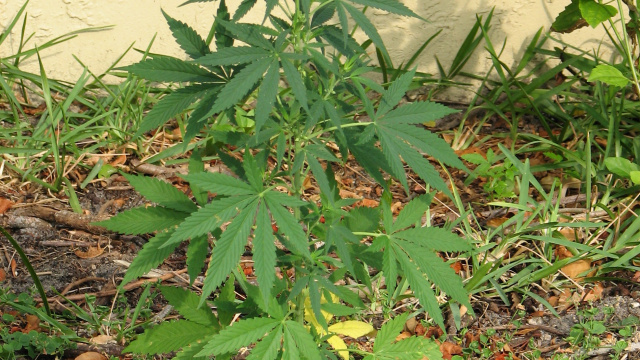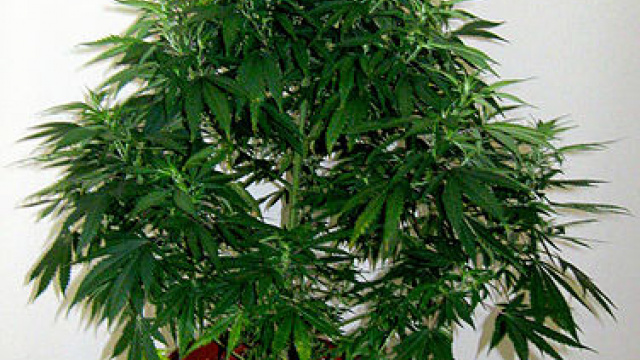AGRICULTURE AT FARMINGTON IN THE 1810-1840 PERIOD
The Farmington Hemp Farm in Louisville, Kentucky
- Farmington was a 550-acre hemp plantation. Hemp was the principal cash crop, but not the only one. No Kentucky plantations were single crop operations. Diversified farming was the norm. One reason for this was the drastically fluctuating price for hemp sales.
- Tobacco was grown at Farmington in some years. By 1840, vinegar, and possibly cider, produced from what must have been a fairly large orchard, were also sold.
- Butter was produced in large enough quantities for it to be sold at the downtown Louisville market. Butter making was Lucy Speed’s responsibility. In 1840 Farmington had a herd of 17 ‘milch cows.’
- Other seed crops at Farmington in 1840 included corn and timothy and clover hay. Wheat had also been grown at one point.
- Crops grown for consumption at Farmington in 1840 included corn, Irish potatoes, apples, cabbages, peas and beans, and sugar beets. Raspberries and peaches were also mentioned in letters. Probably a wide variety of fruits and vegetables were grown in smaller quantities for seasonal consumption by the Speed family.
- Livestock and fowl for consumption included pigs, cattle, turkey, chickens, and ducks.
- Large quantities of potatoes, cabbages, sugar beets, and salted pork listed in the inventory suggest that these constituted the main portion of the diet for enslaved African Americans at Farmington. (This correlates with T.W. Bullitt’s account of the slave diet at Oxmoor.)
- Agricultural outbuildings thought to have existed at Farmington include a hemp house (no doubt a brick or stone building), corn cribs, and probably several barns.
HEMP FARMING IN KENTUCKY AND AT FARMINGTON
- Hemp was introduced into Kentucky with the earliest settlers. By the early 19th century it had become a significant cash crop with production centered in the Bluegrass and with large amounts also grown in Shelby, Mason and Jefferson counties. These areas had the richest soil, which was needed for high yields.
- Hemp farming was extremely labor intensive, requiring extensive amounts of backbreaking work. Hemp, as it was produced in Kentucky, was dependent on a slave economy.
- Kentucky’s 19th-century hemp crop was used to produce cordage and rough bagging for the baling of the cotton crop in the deep south. Kentucky’s dew-rotted hemp was of inferior quality, could never compete with imported water-rotted hemp, and was unsuccessful for marine uses.
- The price of hemp fluctuated wildly making it difficult to rely on. ($330/ton in 1810; $60/ton in 1822; $180/ton in 1936; $80/ton in 1837)
- Hemp production in Kentucky began to decline dramatically during and after the Civil War. Union forces prevented its river transport and demand was reduced because of reduced cotton production. After the war, new methods of baling cotton using iron bands became prevalent. Also, the end of slavery made finding an adequate labor force difficult.
- From the 1870s through World War II hemp was grown in small quantities in Kentucky with several surges in production prompted by various short-lived demands. During this time Kentucky production was overtaken by hemp grown in Wisconsin where mechanized harvesting had been introduced. In Kentucky, methods of growing and harvesting hemp never changed from those developed in the early 19th century when John Speed was growing hemp.
- Increasing concerns over the use of hemp for marijuana production led to a government prohibition on its production.
- Hemp was planted in mid-April through May in well prepared soil that had been plowed, harrowed and rolled. The growing season was 100 to 120 days.
- Hemp grown for seed was treated differently from hemp grown for the fibers or "lint."
- Seed hemp was planted first in the very richest soil. Seeds were planted in hills and seedlings were thinned as they grew to about 8"high. They were thinned again as the male plants were identified, with most male plants being removed, leaving only a few for pollination. Often the tops of the female plants were lopped off to create branching and the production of more seed.
- Plants were usually ready for harvesting in early September when they were carefully cut down near the ground with hemp hooks and dried. The seed was collected by flailing the stalks on a clean sheet. The chaff was then either blown away or separated from the seed by sifting. The seed was stored for the next year’s plants.
- Fiber hemp was planted later and seeded more thickly. Stalks grew very tall and close together, thereby preventing the growth of many weeds, causing lower leaves to die off, and creating longer lengths of the desirable fibers. These plants grew 6′ to 10′ high. These plants, also, were cut down with hemp hooks.
- Fiber hemp was left lying in the fields for "dew rotting" so that the gums that caused the fibers in the stalks to adhere to the outer casing would dissolve. After enough rotting had occurred, the stalks were gathered into stacks to dry them out and to await the breaking process that usually began shortly after Christmas.
- So-called "hemp breaks" were dragged out in the fields to the stacks, where handfuls of the stalks were repeatedly bashed between the two parts of the break to shatter the outer casing and reveal the desired fibers. Initial cleaning was accomplished by whipping the fibers against the break to knock out remaining bits of the stalk (herds). The fibers were bundled in the field and weighed back at the hemp house. Later they were run through a "hackle," similar to a large and rougher looking carder, to further clean and align the fibers.
- The fibers or "lint" were spun into a rough yarn and then either twisted into rope or woven on a simple hand loom into very rough cloth referred to as "bagging."
- All these tasks were performed by enslaved African Americans who worked on their owner’s plantation or were leased for hemp production. The work was grueling, back-breaking labor, made more unpleasant by the dust and pollen stirred up as the hemp was processed. Many of the hemp workers were reported to have developed awful coughs that took months to go away.
- Traditionally in Kentucky, hemp harvesting was assigned as task work to the enslaved African Americans. There were daily quotas for the amount of harvesting to be done and the amount of lint to be processed at the break. These varied depending on the age of the workers. Above and beyond the required amount, slaves were paid a small amount for extra production.
- The Hemp Crop at Farmington in 1840
The 1840 inventory provides a number of clues about hemp production at Farmington at the time John Speed died.
- Approximately 90 acres were used for the hemp crop that year, 87 for producing the fiber hemp and about another 3 for growing seed hemp (calculated by Otteson based on the quantity of seed listed).
- The two sheets for cleaning hemp seed document the use of the typical method of obtaining the seed.
- The 20 hemp hooks and 21 hemp breaks suggest that about 20 hands were employed in the production of hemp at Farmington.
- References in the settlement of John Speed’s estate document the presence of a rope walk and weaving house at Farmington where the hemp was processed for sale. The "jack screw" in the inventory is probably the piece of equipment used at the end of the rope walk to twist the strands of hemp into rope. Why no looms are listed in the inventory is somewhat confusing.
- In 1840, $9,154 was made at Farmington from the sale of hemp products.



Leave a Reply